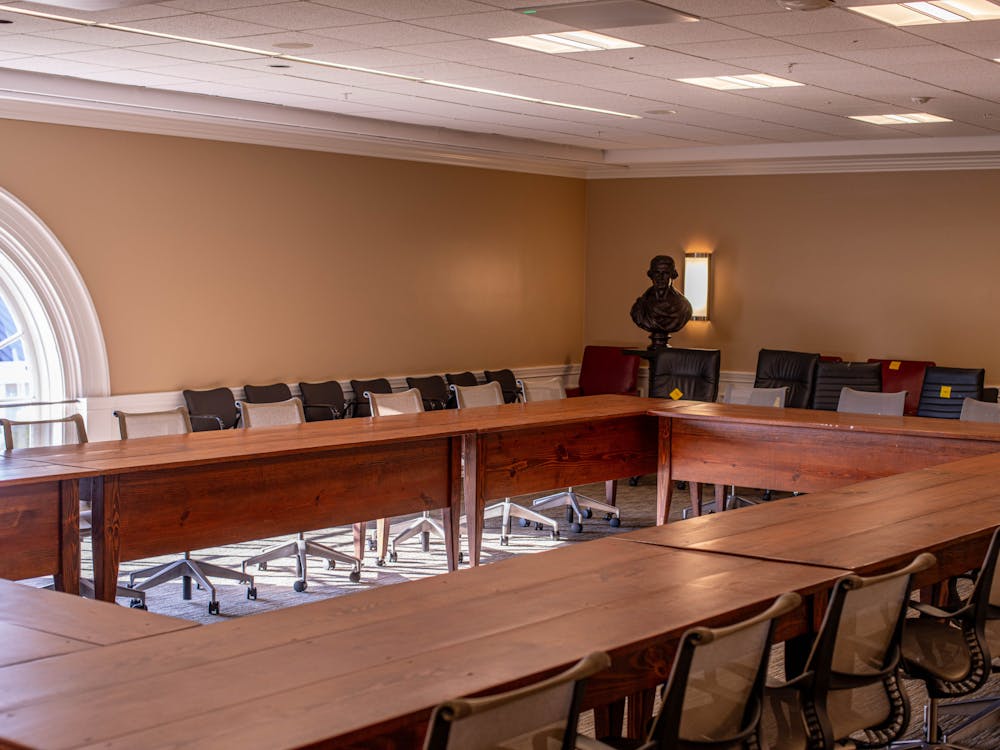The University came closer to resolving the continuing controversy over a proposed Arizona telescope this week, as several officials visited the Mount Graham site in question.
Five University representatives visited the mountain where astronomers plan to house the Large Binocular Telescope project, on land that Apache Indians consider sacred.
With a $10 million gift from University alumnus Frank Levinson, specifically earmarked for the astronomy department, the University hopes to achieve its priority of joining the LBT project. The telescope likely would be among the world's most powerful.
Astronomy Dept. Chairman Robert Rood said the University's astronomy department could increase its stature through participation in the project.
"Any front line university astronomy department needs the best telescopes," Rood said.
He said all the top 10 astronomy departments across the country, including California Institute of Technology, University of California-Berkeley, Princeton and Massachusetts Institute of Technology, all had access to at least one large telescope, if not more.
But, the University's potential involvement in the LBT project has met with criticism because the telescope rests on sacred Apache ground.
"All mountains around Arizona have some religious significance," Anthropology Dept. Chairwoman Ellen Contini-Morava said. "The top part of the mountain is particularly significant to mountain spirits."
The University's representatives in Arizona addressed such concerns, meeting with both Apache council members and University of Arizona faculty leading the research consortium for the project.
Retired Anthropology Prof. Virginia Hymes, who was among those on the trip, described one tribal woman's response to the telescope.
"She really stressed that metal should not be on top of the mountain. It attracts lightning and interrupts the gods' communication," Hymes said. But, "of course you can't have telescopes without metal."
If the University joins the research consortium they will have approximately 2 percent ownership, and other money would be spread among projects mostly on land other than Mount Graham, Majewski said.
Contini-Morava said the University's presence in the project could help the Apaches.
"I see it as something we could do that's constructive," she said. If the University did not get involved in the project "the telescope will still be there and we will lose the opportunity to have some constructive relationships with people."
He said, however, that he sees great constructive benefit from the telescope in terms of scientific research. The telescope would enhance his research on dense globular clusters, he added. The astronomical objects currently only can be seen with the Hubble Space Telescope.
The new telescope will be able to see the clusters, and in greater detail as well, he said.
But, deep opposition from the American Indian community causes some to feel the costs outweigh the benefits.
"There is not one American Indian organization out there that supports the Mount Graham project," Mount Graham Coalition Coordinator Guy Lopez said.
Lopez said the Senate Select Committee on Indian Affairs will discuss the project in August.
The University has not yet set a date for a final decision on the project.
(Cavalier Daily News Editor Michael Loatman contributed to this article.)






